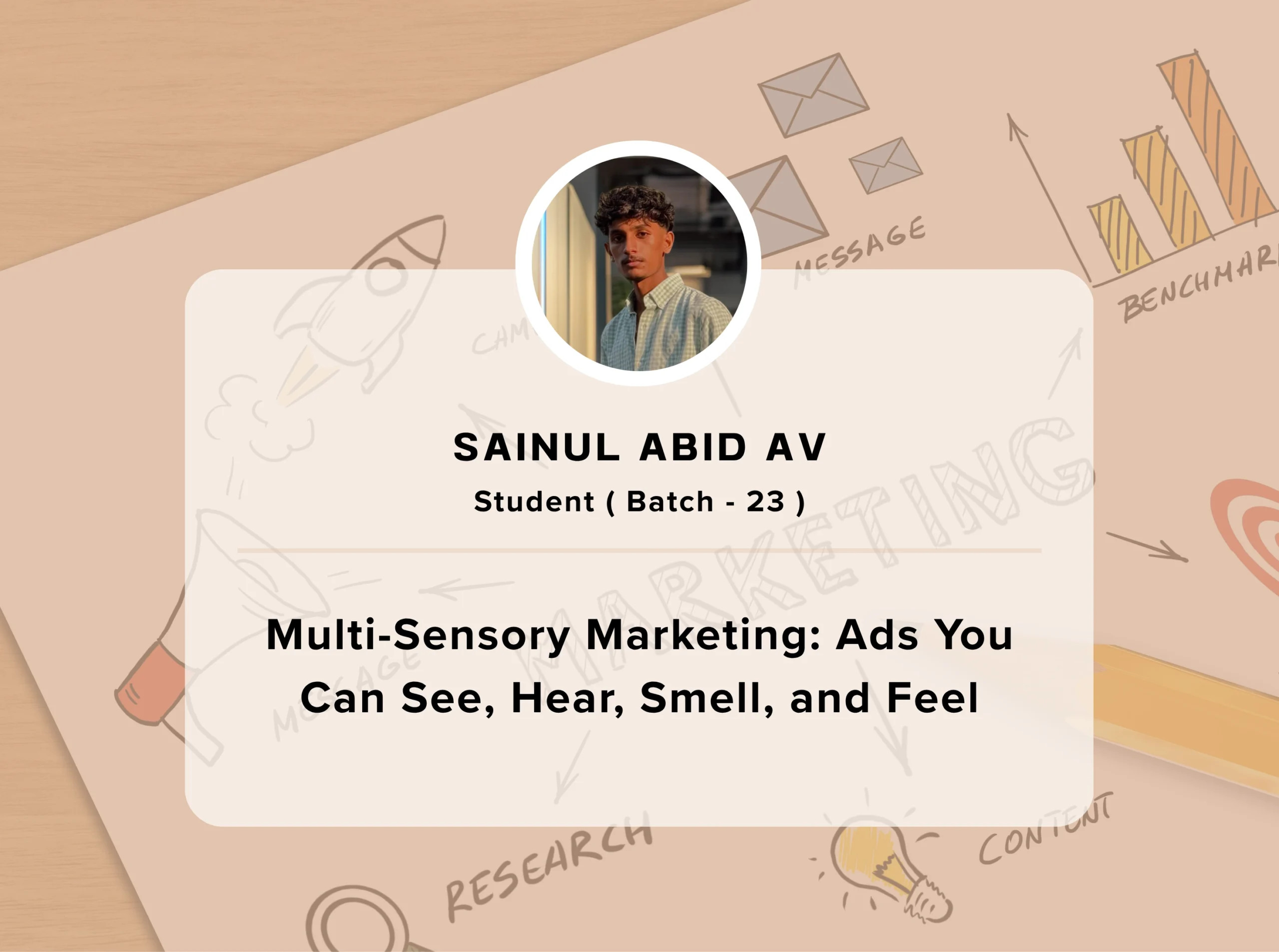October 4 / 2025
Multi-Sensory Marketing: Ads You Can See, Hear, Smell, and Feel
Introduction
For decades, marketing has mainly focused on visuals. Brands have depended on what consumers can see, from billboards and glossy magazines to YouTube videos and Instagram ads. Then, audio marketing through jingles, radio ads, and podcasts helped expand that reach.
However, humans don’t experience the world through just one or two senses. We use all five senses: sight, sound, touch, taste, and smell. Neuroscience shows that engaging more senses makes experiences more memorable.
This is where multi-sensory marketing comes in. It creates campaigns that include not just visuals and sound but also smell, touch, and even taste. With new technology like haptic devices, scent diffusers, and immersive AR/VR, brands can now create ads that people can see, hear, smell, and feel.
In this blog, we will look at the rise of multi-sensory marketing, its psychological basis, real-world applications, benefits, challenges, and what the future might hold for this new way of brand communication.
1. What is Multi-Sensory Marketing?
Multi-sensory marketing involves engaging two or more senses in a brand experience or campaign. Instead of just focusing on sight or sound, it activates additional senses to create immersive and memorable experiences.
Examples:
- Visual + Sound: Video ads, jingles, and AR filters.
- Sight + Smell: Coffee shops releasing aromas to attract people nearby.
- Sight + Touch: Haptic-enabled mobile ads that allow users to feel vibrations.
- All Senses: Experiential marketing events where people can see, taste, smell, hear, and touch products.
2. The Psychology of Sensory Branding
Why is multi-sensory marketing so effective? The human brain encodes sensory experiences directly into long-term memory.
- Sight: The strongest sense in marketing. Visuals create first impressions in milliseconds.
- Sound: Music and jingles evoke emotions and aid recall.
- Smell: The only sense closely linked to emotions and memory.
- Touch: Texture affects perceptions of quality, such as how matte packaging feels premium.
- Taste: Engages pleasure and satisfaction, especially in food and beverage marketing.
By combining these senses, brands create stronger emotional bonds and can boost recall by up to 70% according to studies on sensory branding.
3. Multi-Sensory Marketing in Action
3.1 Visual Marketing
- Still the foundation but increasingly paired with other senses
- Nike’s dynamic videos that showcase movement.
- Apple’s minimalist design emphasizing elegance and clarity.
3.2 Audio Branding
- McDonald’s “I’m Lovin’ It” jingle.
- Netflix’s distinct ta-dum sound that triggers instant recognition.
3.3 Olfactory (Smell) Marketing
- Starbucks pumps the scent of coffee into its stores to create cravings.
- Abercrombie & Fitch is known for its strong, consistent in-store fragrance.
3.4 Tactile (Touch) Marketing
- Luxury brands use heavy packaging to indicate value.
- Haptic ads on smartphones vibrate when users interact with them.
3.5 Taste Marketing
- Coca-Cola’s global tasting events link flavor with emotion.
- Free samples at supermarkets engage both taste and smell to drive sales.
4. Real-World Examples of Multi-Sensory Campaigns
Case Study 1: Singapore Airlines
The airline uses a signature scent, “Stefan Floridian Waters,” in its cabins, crew perfume, and hot towels. This, combined with calming visuals and soft soundtracks, creates a consistent multi-sensory experience.
Case Study 2: Dunkin’ Donuts in South Korea
Buses played Dunkin’s jingle while diffusing the aroma of coffee. Sales near bus stops grew by 29%.
Case Study 3: Cadbury’s Joyville Campaign
Cadbury used fun visuals, upbeat jingles, and sampling stations to combine sight, sound, and taste, resulting in a complete chocolate experience.
Case Study 4: IKEA Virtual Reality Showroom
Customers explored furniture in VR that included realistic visuals, ambient sounds, and haptic controllers for a tactile feel
5. Benefits of Multi-Sensory Marketing
- Stronger Brand Recall: Multi-sensory engagement makes experiences more unforgettable.
- Emotional Connection: Engages deeper parts of the brain tied to emotions.
- Differentiation: Unique sensory branding helps companies stand out.
- Higher Engagement: People spend more time interacting with sensory-rich ads.
- Boosted Sales: Tactile, olfactory, and taste experiences directly affect purchase choices.
6. Technology Driving Multi-Sensory Marketing
6.1 AR & VR
Immersive worlds marry visuals, sound, and simulated touch.
6.2 Haptic Technology
Mobile vibrations, game controllers, and wearable devices create tactile effects.
6.3 Digital Scent Technology
Startups are developing devices that release scents activated by digital cues.
6.4 AI & Personalization
AI can predict which sensory combinations appeal to individuals, allowing for highly personalised experiences.
6.5 Multisensory Packaging
Smart packaging that changes color, releases scents, or has unique textures.
7. Challenges in Multi-Sensory Marketing
- Cost: Creating sensory campaigns is pricier than traditional ads.
- Scalability: Smell and taste are difficult to distribute digitally.
- Technology Gaps: Haptic and scent devices are not widely adopted yet.
- Cultural Differences: Scents, tastes, and sounds may have different meanings across cultures.
- Overstimulation: Engaging too many senses can overwhelm or annoy consumers.
8. The Future of Multi-Sensory Marketing
Looking to the future, advertising will extend beyond 2D visuals and audio:
- Smell-Enabled Streaming: Picture watching a Starbucks ad on YouTube while the aroma of coffee fills the air.
- Wearables + Ads: Smartwatches vibrating in sync with campaign beats.
- Metaverse Experiences: Brands creating sensory-rich virtual environments.
- Brain-Computer Interfaces (BCIs): Directly triggering sensory responses through brain signals.
- Taste Simulators: Labs are working on tech to digitally replicate flavors, offering a taste experience through devices.
9. How Brands Can Start Using Multi-Sensory Marketing
Identify Core Senses: Select 2 to 3 senses that fit your brand identity.
- Be Consistent: Use the same sensory cues across different touchpoints, such as a signature scent, sound, or texture.
- Leverage Tech: Start with AR/VR or haptic experiences that can easily scale.
- Test and Iterate: Use neuromarketing tools to gauge consumer responses.
- Stay Ethical: Avoid manipulative sensory triggers that take advantage of vulnerabilities.
Conclusion
As attention spans shrink and consumers face a flood of ads, multi-sensory marketing presents a strong solution. By engaging sight, sound, touch, smell, and taste, brands can create memorable, emotional, and immersive experiences that surpass traditional advertising.
From the aroma of Starbucks coffee to haptic VR ads and futuristic digital scents, the rise of sensory-rich marketing signals a shift toward more human-centered branding. The brands that thrive in the future won’t just be seen or heard—they’ll also be felt, smelled, and remembered.
The future of advertising isn’t just visual—it’s multi-sensory.
Related Posts:

Discover how Adsin Learning Hub empowers students with hands-on SEO skills that deliver real results. From classroom to Google rankings, explore inspiring real life success stories of students who helped local businesses climb to the top of search results.
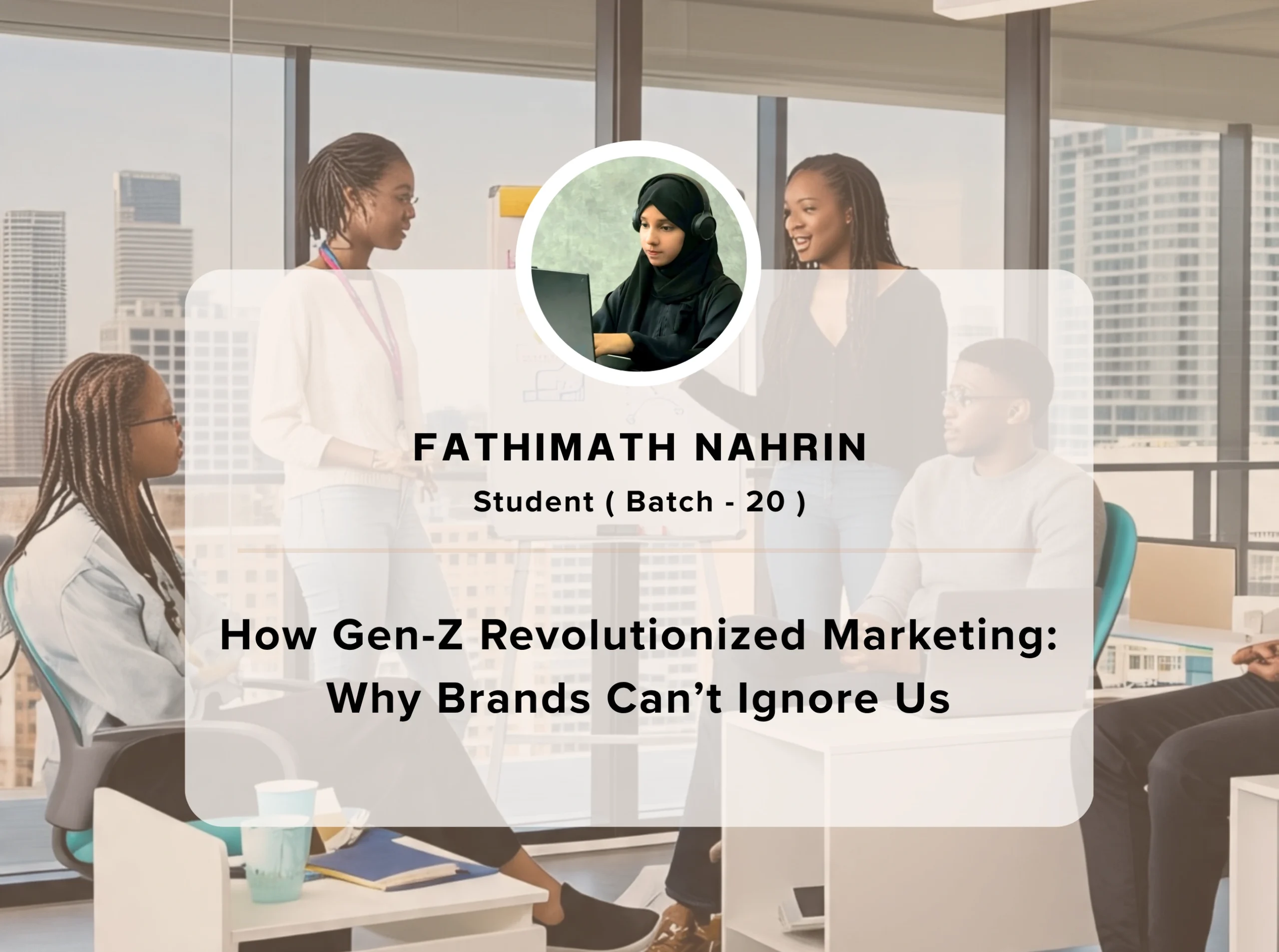
How Gen-Z Revolutionized Marketing: Why Brands Can’t Ignore Us – With bold values and digital fluency, Gen-Z is reshaping how brands connect and communicate. Their influence is driving authentic, trend-savvy, and purpose-driven marketing.
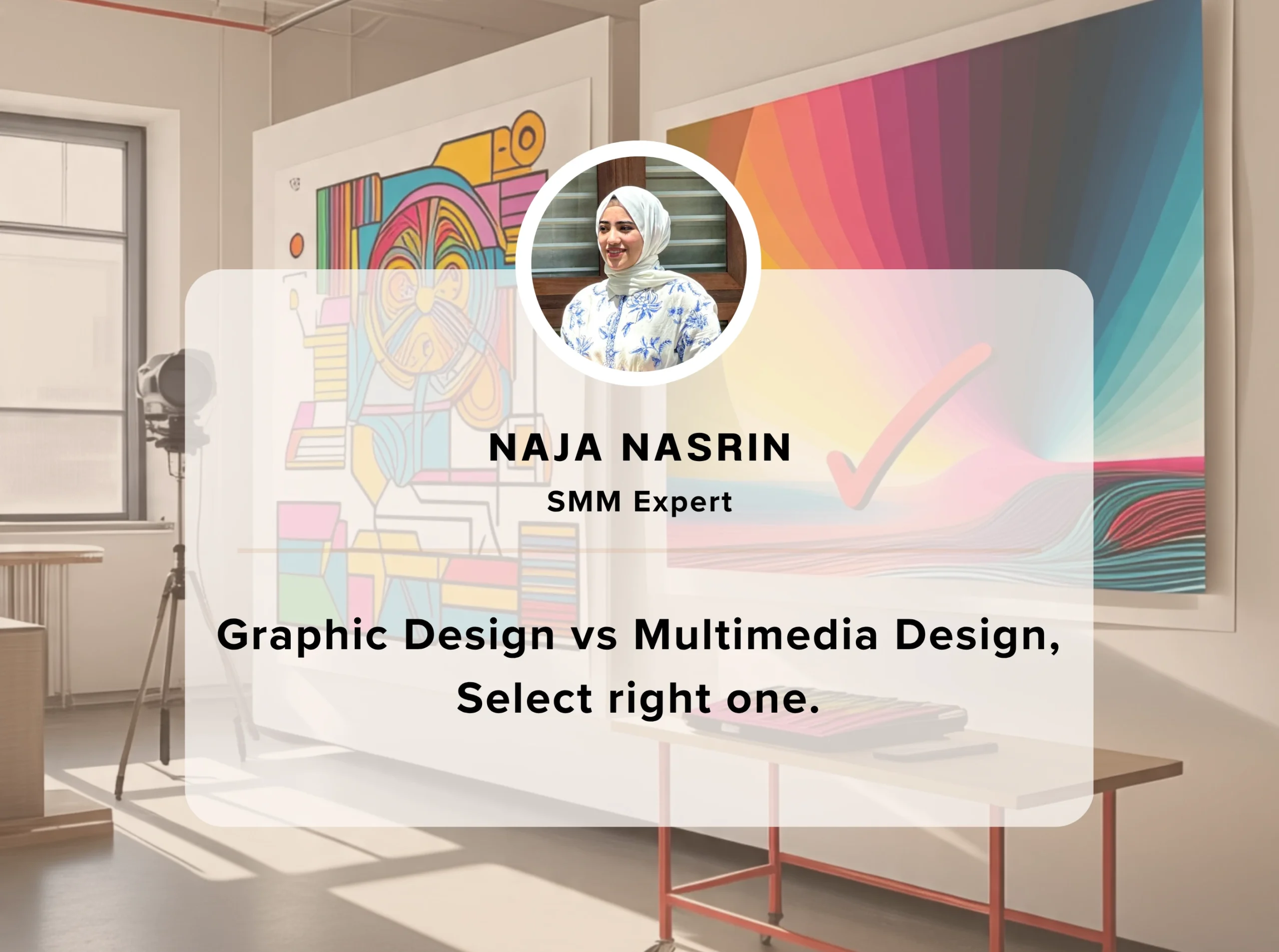
Graphic Design vs Multimedia Design – Choosing the Right Path: Understand the key differences between static visuals and dynamic content creation to choose the creative field that aligns with your passion and goals.
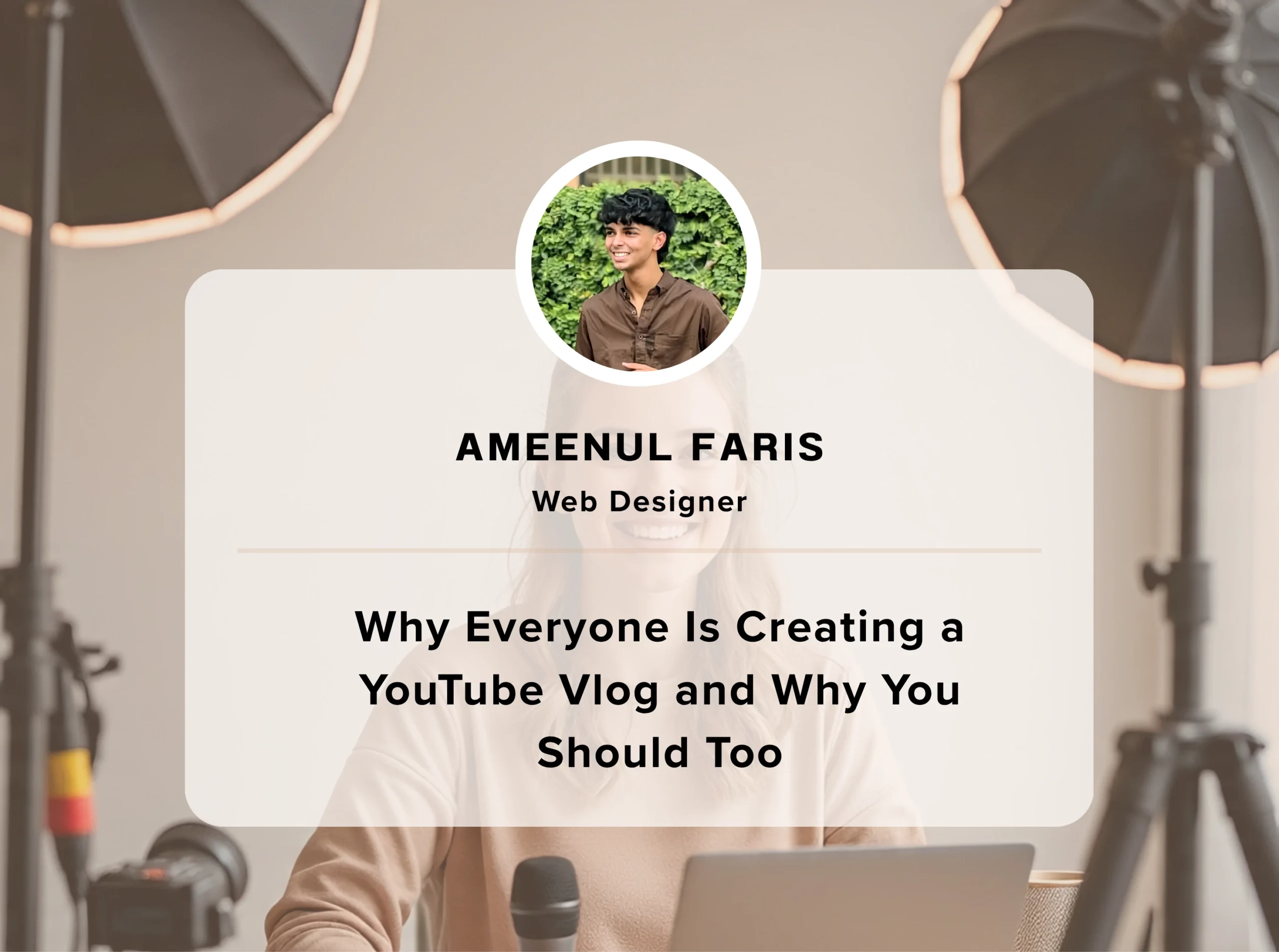
YouTube vlogging has become the go-to platform for self-expression, storytelling, and personal branding. Discover how starting your own vlog can open doors to creativity, confidence, and even income.
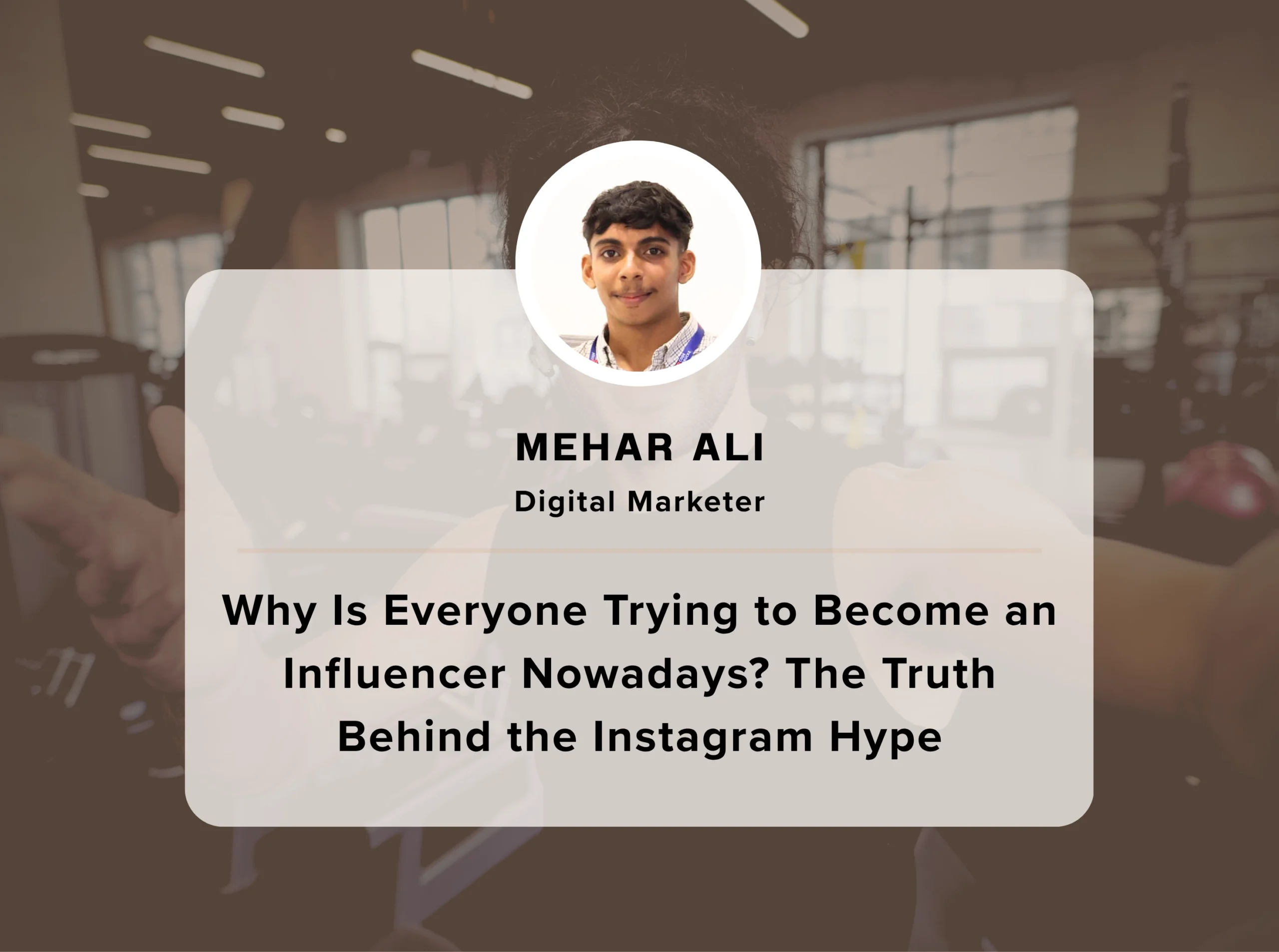
Why is everyone chasing the influencer dream? In a world ruled by likes and reels, Instagram offers fame, freedom, and quick income. But behind the filters lies a truth few talk about the pressure, hustle, and constant need to stay relevant.

